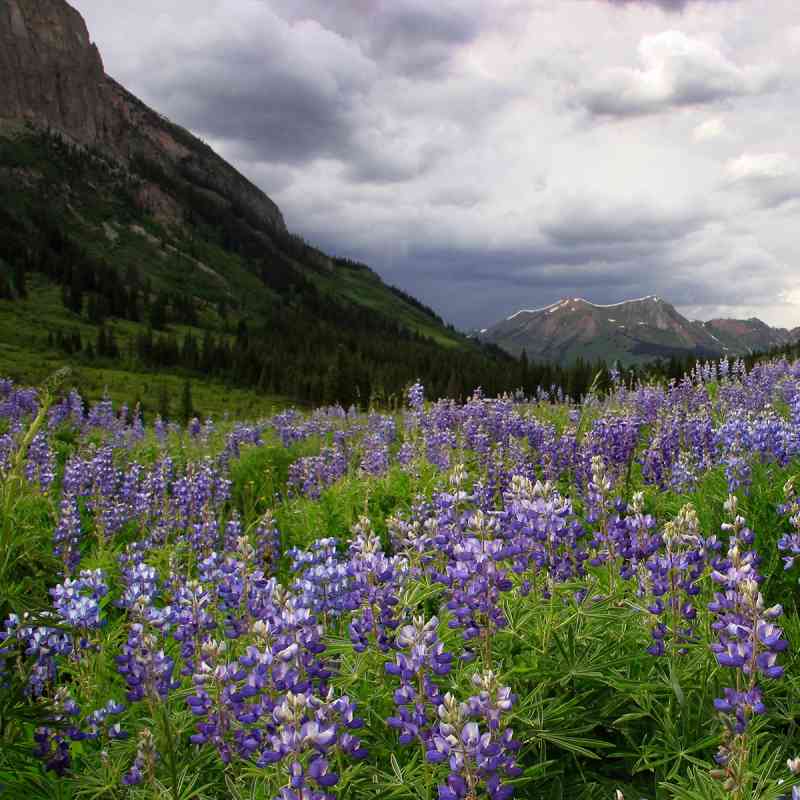Citizen scientists take the road less traveled to help wildlife

© Ken Curtis
by Leslie Trew Magraw
Following day-old paw prints that wind through MacDonald Pass, nature guide Steve Gehman notices an iced-over depression and surges ahead to investigate. Gingerly he brushes away the newly fallen snow and homes in on a tuft of hair. With tweezers he pulls each strand from its icy encasement and drops them one by one into a paper bag. “Looks like a lynx,” he announces to the volunteers crowding around him. After hours of trailing the tracks on snowshoes, they have their first eureka moment of the day.
Located along the Continental Divide and halfway between Glacier and Yellowstone national parks, MacDonald Pass is often overlooked in favor of Montana’s more iconic and celebrated wilderness areas. Yet this crucial corridor for grizzlies, lynx, wolverines, wolves, mountain lions and more plays an equally important role in the Northern Rocky Mountain ecosystem. “It provides a vital tendril of connectivity between the parks, helping to keep these national treasures wild and alive,” says David Gaillard, Defenders’ Rocky Mountain representative, who led four “Witness for Wildlife” excursions here last summer as part of Defenders’ partnership with Freedom to Roam, a group dedicated to protecting critical wildlife corridors in North America.
Places like MacDonald Pass will only become more crucial for wildlife as climate change continues to disrupt the natural world. “We’re not going to be building any more national parks any time soon,” says Dan Shepherd, director of Witness for Wildlife. “The animals in the parks aren’t sitting around thinking, ‘Well you know, the politics aren’t right to talk about climate change right now, so I think I’ll just sit tight in Yellowstone.’ No, they move. And they’re continually moving. If we want to protect our natural history and legacy in America, we need to look for opportunities to string together those pearls of habitat that we already have.”
Shepherd believes that getting ordinary citizens involved in the exploration, science and conservation of these often unsung wilderness areas is key to protecting them. Citizen naturalists are unlikely to come into direct contact with animals on their outings, so they are trained to search for signs of wildlife—tracks, scat, hair and claw marks. Once they begin to look more closely, they realize animals are there all the time—that everyone’s sharing the same space.
Looking across MacDonald Pass, Gaillard is amazed at just how wild it remains. Its proximity to Helena, the bustling—at least by Montana standards—capital city, means the area faces threats from urban sprawl, road construction, logging, off-road vehicles, even a proposed Army National Guard biathlon course. “Sadly, many of the trees in the surrounding Helena National Forest are dead, victims of invasive bark beetles, spruce budworm and drought, all symptoms of climate change,” Gaillard says. “But thankfully there is still hope for this place.”
How You Can Help
Before the day is over, the group gathers what they think is lynx hair from two separate sites to send to the U.S. Forest Service’s wildlife genetics lab for testing. With proof that these threatened wild cats still survive here, perhaps future decisions will ensure that this vital wildlife corridor is preserved. “Many people think that because humans go there, the animals must just avoid us,” says Shepherd. “The reality is that they can’t. It’s the only place that connects their habitat areas together.”
Once people realize that they need to “share the road,” they begin to look at these places a lot differently. “Animals need space, too,” says Jeff Gutierrez, a Defenders supporter who joined Gaillard on two outings. “There’s a lot we can do to get other people to pay attention to what’s threatening this place right now—and what could make it worse for them in the future.”
For Gutierrez, tracking wolverines and lynx was the highlight of his Witness for Wildlife experience—“made all the more entertaining by everyone’s tendency to look up into the trees every so often for the lynx, just in case,” he says. But that’s not where it ends. “Not only did I have the opportunity to spend a day traipsing around the mountains and learning from wildlife biologists, I’m now better informed about wildlife issues in my area,” he says. “Before I went on these outings, I wasn’t even aware of what was going on in MacDonald Pass.” Since then, he says, he has talked about it to dozens of family and friends.
Read David Gaillard’s field reports from his Witness for Wildlife outings.
Only select articles from Defenders are available online. To receive 4 issues annually of the full award-winning magazine, become a member of Defenders of Wildlife!
Related



